Understanding Pancreatic Cancer: Early Detection, Treatment & Future Directions
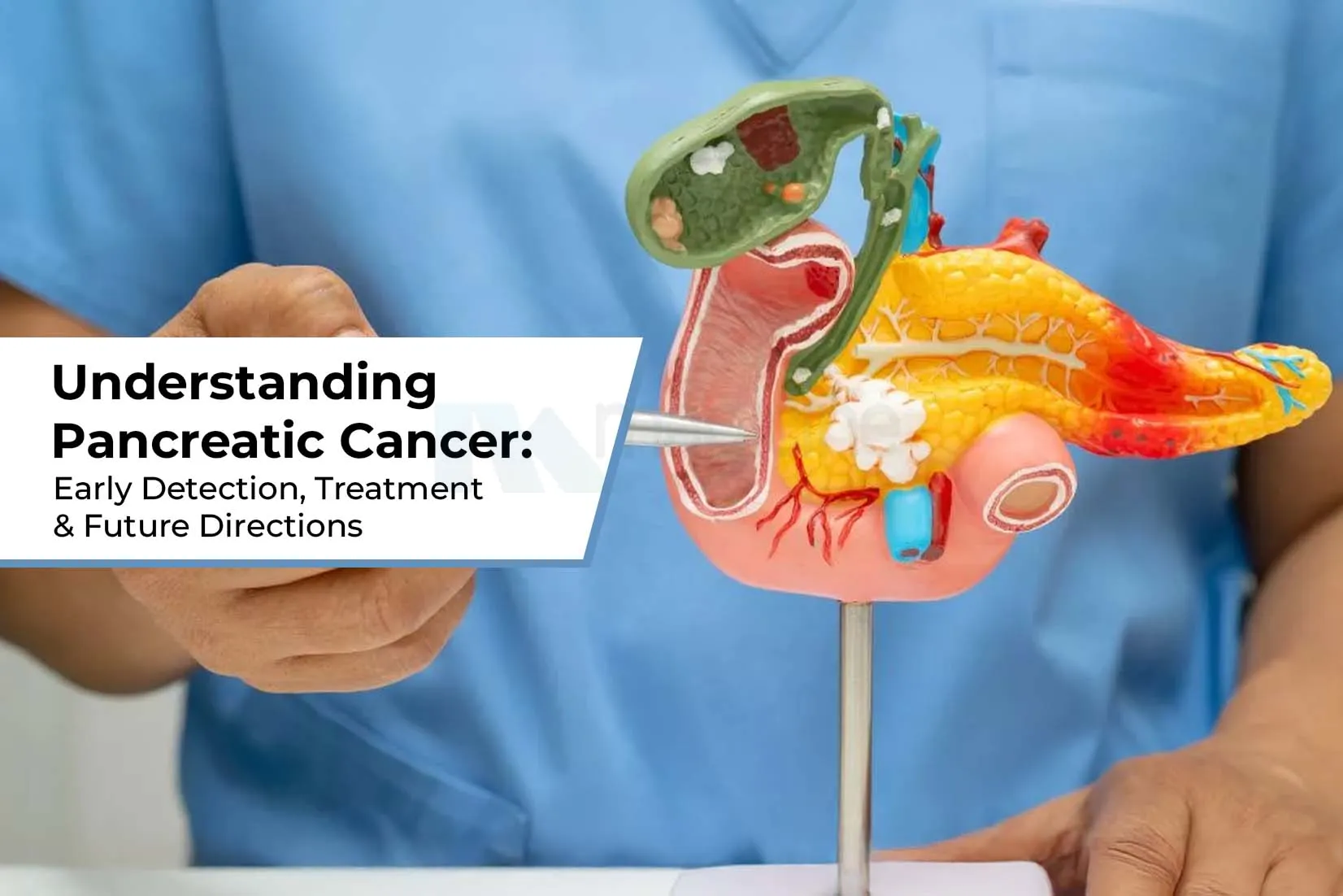
By Nonish Sharma / 1st November 2025
Pancreatic cancer is a highly lethal cancer that originates in the pancreas. The Pancreas is an important organ that regulates digestion and blood sugar management. It is commonly known as a "silent killer" because it generally remains ignored until advanced stages. Late diagnosis makes treatment difficult and survival chances become poor.
It is one of the major causes of death from cancer globally. Despite these challenges, breakthroughs in diagnosis, more awareness, along with better treatment choices bring hope.
As Chemotherapy is still a central component of care, but newer treatment options such as Albumin Bound Paclitaxel 100 mg Injection have shown better results in advanced patients. Likewise, accessibility to therapy & cost, particularly the price of abra bound paclitaxel, are essential factors in patient care.
Pancreatic Cancer: An Overview
Pancreatic cancer develops when cells in the pancreas grow uncontrollably and abnormally. The most common subtype of this cancer is Pancreatic Ductal Adenocarcinoma (PDAC), which is responsible for approximately 90 percent of all cases. The pancreas has two primary roles including producing enzymes which help digestion and controlling blood sugar levels by insulin production. When cancer impacts these cells, both roles may be affected which results in serious health issues.
The long-term outcome of pancreatic cancer mainly depends on the stage at which it is detected. Because the tumor grows deep within the abdomen, it goes undiagnosed until the surrounding organs are affected. Around 80 percent of individuals are diagnosed only after the disease has spread. This creates a critical need for new diagnostic procedures and increased awareness of early warning signs.
Treatment planning requires interdisciplinary coordination among surgical oncologists, medical oncologists, radiation experts, dietitians, and palliative care providers. Paclitaxel 100 mg Injection is a common chemotherapy medicine prescribed to target rapidly growing cancer cells. Their use has contributed to extend life in a few advanced-stage cases.
Epidemiology & Global Burden
According to global cancer statistics, pancreatic cancer is the world's seventh major cause of death from cancer. Despite being less frequent than breast, lung, or colorectal cancer, it is fatal. Most locations continue to have a 5-year survival rate < 10%. The condition affects millions of people and has a significant impact on healthcare systems.
In the United States & Europe, cases are greater due to population aging and lifestyle risk factors. In Asian countries, particularly in India, incidence is increasing because of lack of exercise, smoking, and rising metabolic disorders such as diabetes. Unfortunately, due to the scarcity of modern treatment choices in many places, results vary dramatically.
Economic burden is another major concern. Cancer treatment is expensive, especially when long-term chemotherapy becomes necessary. Therefore, the cost associated with medicines like protein bound paclitaxel and other formulations directly affects treatment continuity. Improved access to diagnostics, specialized care centers, and affordable oncology medicines is essential to reduce mortality and improve quality of life for patients living with pancreatic cancer.
Risk Factors & Prevention
Pancreatic cancer is impacted by both controllable and unmodified factors. Understanding these risk factors helps people to make more informed lifestyle decisions.
Major Risk Factors:
Age: Most cases involve adults over 60 years old.
Smoking: The use of cigarettes is associated to about 25% of cases.
Obesity and sedentary lifestyle:Excess body fat results in ongoing inflammation and insulin resistance.
Long-term inflammationin the pancreas can lead to genetic harm.
Diabetes:Chronic type 2 diabetes enhances risk.
Genetic Condition:People with BRCA mutations or genetic disorders have a greater risk.
Alcohol consumption:Excessive consumption raises the risk of pancreatitis & cancer.
Dietary choices:Consumption of fatty, processed meats links with elevated risk.
Prevention Strategies
Although not all the many can be prevented, risk-reduction strategies may be helpful.
Lifestyle Change | Expected Benefits |
Quit smoking | Strongest risk-reduction measure |
Weight control | Decrease inflammation and diabetes risk. |
Increased Physical Activity | To Promotes metabolic health |
Fruit and vegetable-rich diet | Provides protection against antioxidants. |
Limiting alcohol Consumption | It can decrease chronic pancreatitis. |
Regular medical check-ups & early identification | Beneficial for High-risk individuals |
Public education plays an important role. Awareness of signs & early diagnosis can save lives.
Clinical Presentation & Diagnosis
Symptoms
Pancreatic cancer symptoms can be unclear, making diagnosing it early difficult. Common signs of disease include:
- A sudden decrease in weight & appetite.
- Persistent stomach or back pain.
- Jaundice causes yellowing of the skin & eyes.
- Digestive problems, such as nausea & vomiting.
- Fatigue and sudden weakness
- Dark urine and light colored stools
These symptoms commonly coexist with other gastroenteritis conditions, complicating diagnosis.
Diagnostic Approach
Doctors rely on the following multiple diagnostic methods:
Blood Tests:
Tumor marker CA 19-9 can show disease progression.
Imaging Tests:
CT scan, MRI, and PET scan help determine tumor location and spread.
Endoscopic Ultrasound (EUS):
Allows tissue sampling and early-stage tumor identification.
Biopsy:
Confirms the type of cancer through histopathology.
Treatment Modalities & Advances
Pancreatic cancer therapy differs based on tumor stage, location, patient age, and their overall health.
1. Surgery.
The surgical removal of the tumor offers a greater chance of survival over the long term. However, only around 20% of patients are eligible due to late diagnosis. The Whipple technique is the most common, and even though it is challenging, but beneficial in some cases.
2. Chemotherapy
Chemotherapy targets cancer cells across the body and is required for advanced and metastatic conditions. Several combinations use paclitaxel to enhance outcomes for patients. Some formulations have different pricing components such as the price of paclitaxel 100mg, which can affect accessibility.
Paclitaxel injection is a typical formulation which can be administered under qualified medical supervision. It works by suppressing cell division, reducing tumor growth, and preventing future spread. Paclitaxel 100mg injection is used in certain treatment options to provide dose variability, particularly when treating large or metastatic tumors. Meanwhile, paclitaxel prices depends on brand, manufacturing procedures, location, and also on the making cost.
3. Radiation Therapy
High-energy radiation can destroy cancer cells. It may be used before surgery to shrink tumors or after surgery to minimize recurrence in the future. It is also beneficial in pain management.
4. Targeted Therapy
Molecular medicines are being designed for target specific genetic modifications present in pancreatic tumors. These drugs offer promise for individuals with BRCA or KRAS gene mutations.
5. Immunotherapy
By activating the immune system against cancer cells, checkpoint inhibitors are providing hope for future treatment pathways, especially when combined with chemotherapy.
6. Palliative Care
Symptom reduction therapy is an important part of pancreatic cancer treatment. Even when a cure is not possible, we can improve quality of life by managing pain, dietary support, and psychological care.
Regular innovation & therapeutic advancement highly improves the chances of regulating severe disease patterns in the future.
Future directions and emerging trends
Pancreatic cancer research aims to produce early diagnostic techniques and more effective treatments.
Some significant advancements include:
Early Detection Innovations
Liquid biopsies can identify cancer DNA markers in blood.
AI-powered imaging increases tumor detection accuracy.
Advanced biomarkers beyond CA 19-9
Such approaches have the potential to diagnose cancer before it spreads, which could greatly increase survival rates.
Personalized Medicine
Genomic profiling allows doctors to select treatments based on individual tumor parameters. Tailored therapy is designed to reduce adverse effects and improve outcomes.
Nanomedicine & Drug Delivery
Novel formulations improve drug absorption into tumor tissues. like novel delivery methods can increase the therapeutic value of drugs such as Paclitaxel 100 mg Injection by reducing toxicity & increasing effectiveness.
Enhanced Supportive Care
Focusing on nutrition, mental health, & infection prevention can improves patient well-being during the treatment.
Clinical trials
Patients are asked to participate in trials that examine novel therapy methods. Participation may enable access to medications that might otherwise be unavailable in conventional therapy.
Recent ongoing research initiatives offer improved treatments and survival rate in the future.
Conclusion
Pancreatic cancer is one of the most difficult cancers for both diagnosis and cure. Early detection, immediate clinical evaluation, awareness, & modern oncology medicines are all crucial for improving patient survival rate. Advancement in chemotherapy methods, including revolutionary medicines like Xeloda 500mg Tablet, Papacan tablet, Erlocip 100mg Tablet, Tabicad injection, & Gemcide 1mg injection, surgical improvements, and advancing targeted medicine, are all bringing hope in the global fight against this cancer.
This injection is available on Magicine Pharma. As we are dedicated to supporting cancer patients by providing trustworthy life saving drugs and ensuring timely supply of controlled oncology pharmaceuticals, including the cost effective medicines.
FAQs
What makes pancreatic cancer so dangerous?
A-It usually causes with unclear symptoms during early stages that lead to late diagnosis and limited treatment options.
Can lifestyle changes help to decrease the risk of pancreatic cancer?
A-With the help of some lifestyle changes like maintaining a healthy weight, avoiding smoking, controlling diabetes, and limiting alcohol consumption may help an individual to lower risk.
Which patients treated with surgical treatment?
A-Surgery is recommended only when cancer is localized and has not extensively invaded blood vessels or distant organs.
How is chemotherapy helpful against pancreatic cancer?
A-Chemotherapy can shrink tumors, slow disease progression, relieve symptoms, and improve survival, especially in advanced cases.
What is the future outlook for pancreatic cancer treatment?
A-To increase survival rate and outcomes in the coming years early detection strategies, better chemotherapy formulations, immunotherapy, and personalized medicine can be helpful.
References:
https://pmc.ncbi.nlm.nih.gov/articles/PMC9363152/
https://www.nejm.org/doi/full/10.1056/NEJMoa1304369
https://www.ncbi.nlm.nih.gov/books/NBK518996/
https://pmc.ncbi.nlm.nih.gov/articles/PMC6250924/
https://www.cancer.gov/types/pancreatic/research/nab-paclitaxel-gemcitabine
Written by

Nonish Sharma
Associate Medical Content Writer at Magicine Pharma
M.Sc Biotechnology from Mewar Institute
About
I am a medical content writer with a strong academic background in life sciences. I have completed M.Sc Biotechnology from Mewar Institute and B.Sc. honors Biochemistry from University of Delhi with hand-on research experience in nano-biotechnology. During my master's research project in "Green synthesis of silica nano-particle using biogenic waste and enhancing its antimicrobial properties by incorporating it with silver and zinc nano-particles for waste water treatment", I have gained amazing experience in synthesis and characterization of nano particles by using different biological techniques and scientific writing. My experience made me capable of writing detailed, accurate, and deep scientific content. I blend my scientific knowledge with medical content writing to simplify complex topics and make them reader-friendly.
No comments available
Related Post
Leave a Comment
Categories
Recent Posts

All You Need to Know About Brain Cancer: Causes, Symptoms, Diagnosis, Treatment and Care
When abnormal brain cells start dividing uncontrollably and develop...

Understanding Pancreatic Cancer: Early Detection, Treatment & Future Directions
Pancreatic cancer is...

How Pollution Affects Your health and Skin and How to Protect It
Every day, billions of people are impacted by...
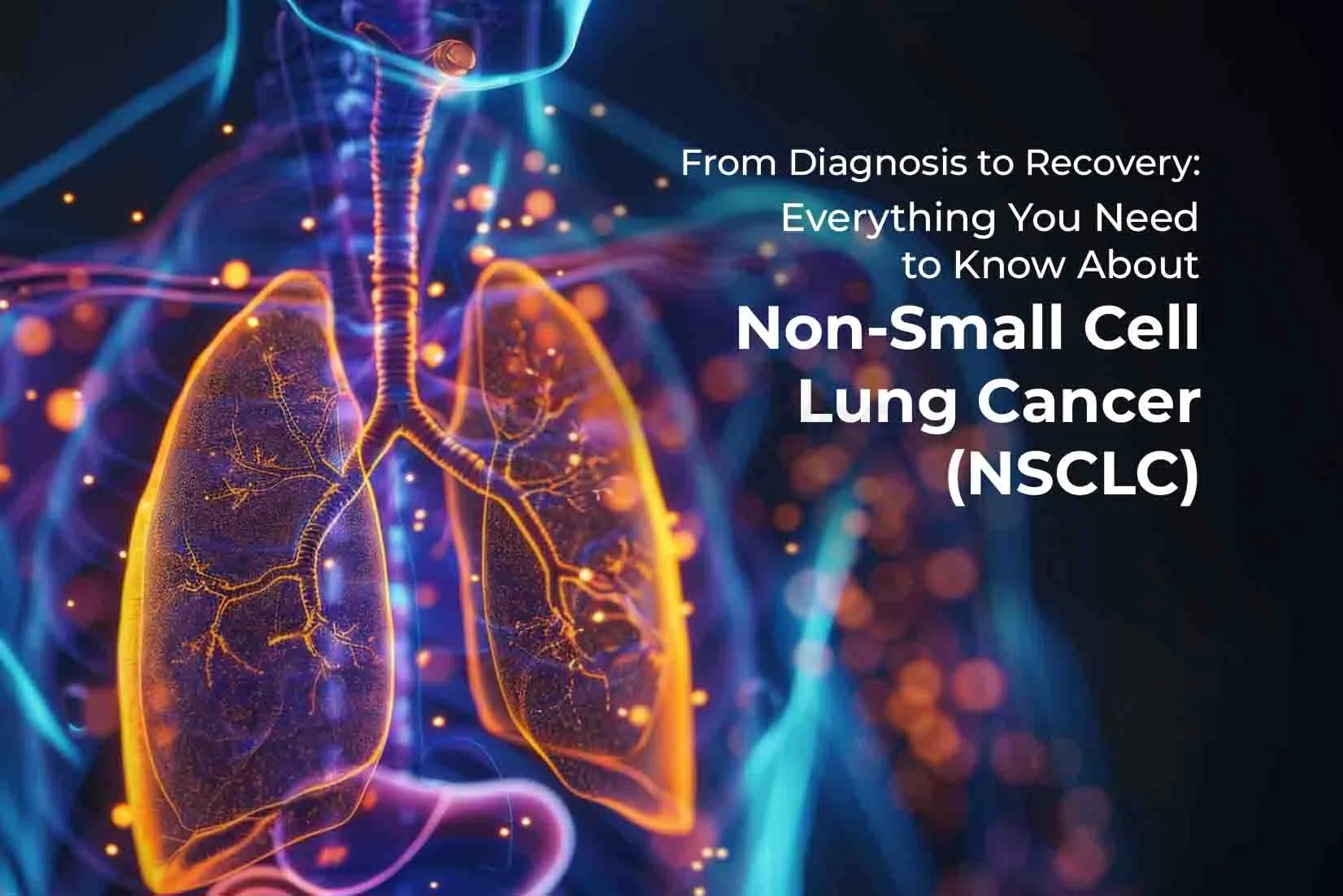
From Diagnosis to Recovery: Everything You Need to Know About Non-Small Cell Lung Cancer (NSCLC)
Non-Small Cell Lung Cancer (NSCLC) belong to a...
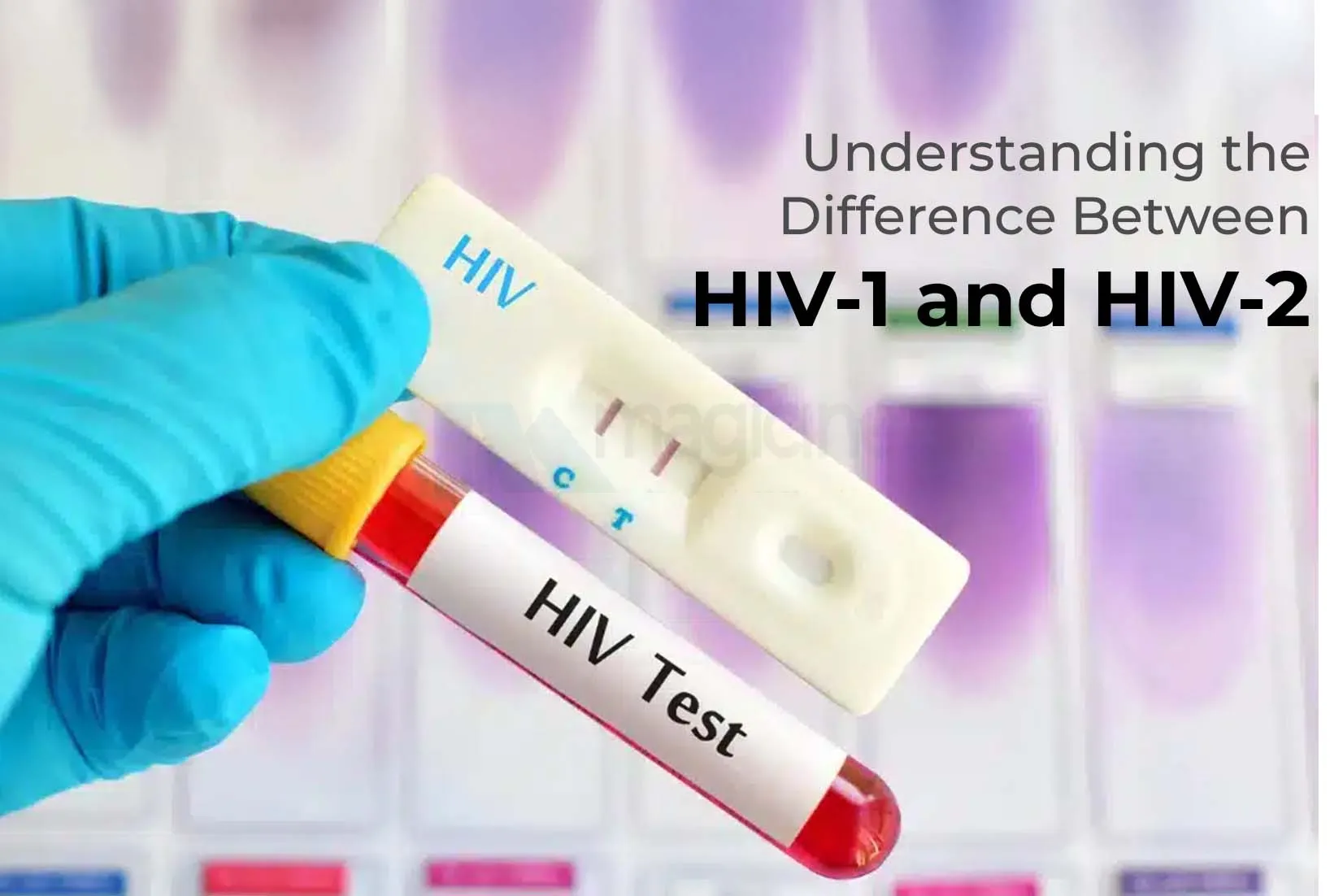
Understanding the Difference Between HIV-1 and HIV-2
Human Immunodeficiency Virus (HIV) is one of the most...
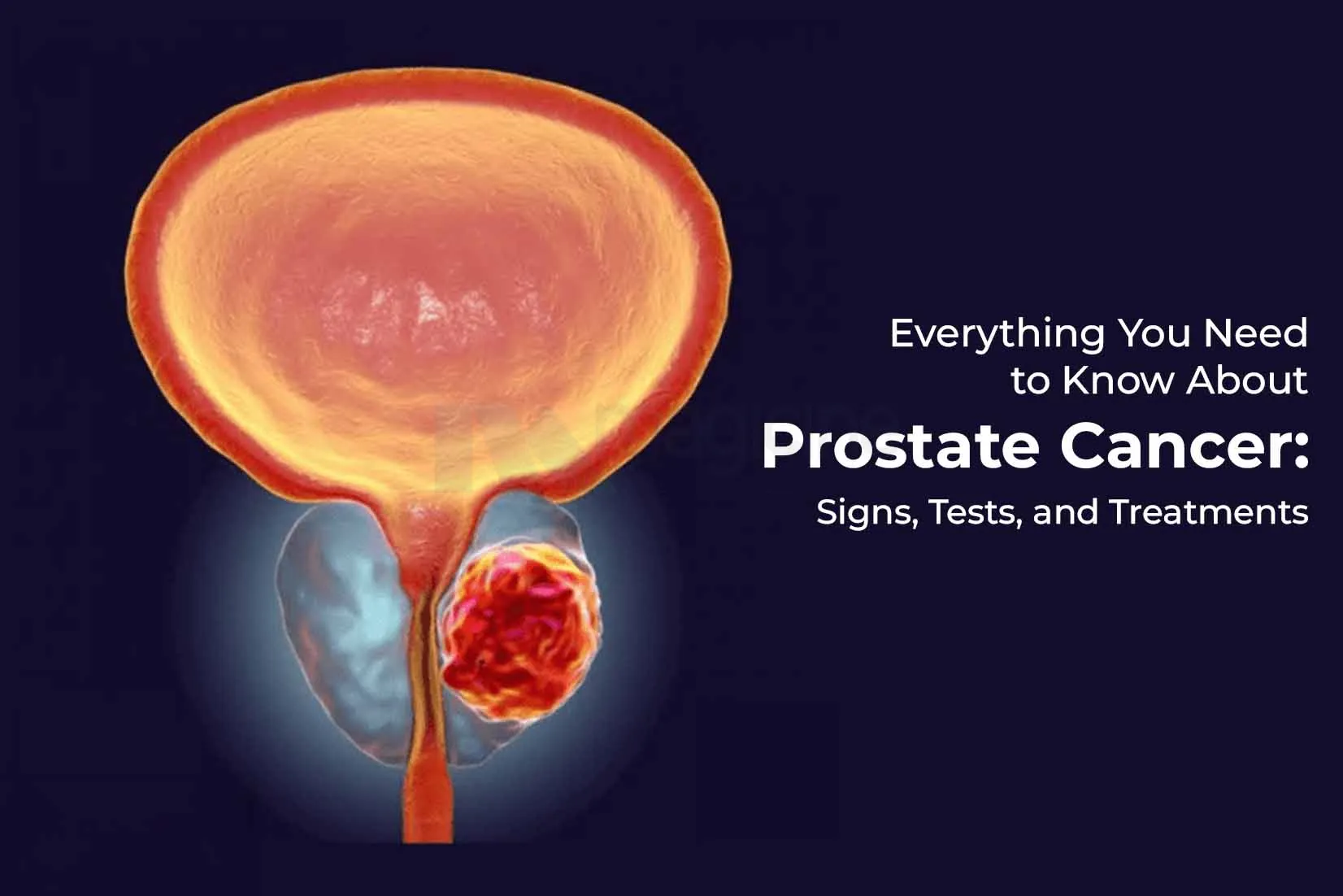
Everything You Need to Know About Prostate Cancer: Signs, Tests, and Treatments
In men above 50 years of age, prostate cancer...

Understanding Stomach Cancer: Causes, Symptoms, Types, Diagnosis & Treatments
Stomach cancer, also known as gastric cancer, originates when...

Build Bigger Biceps: 6 Proven Exercises for Massive Arm Gains
You know, there’s something about strong, well-defined biceps that...
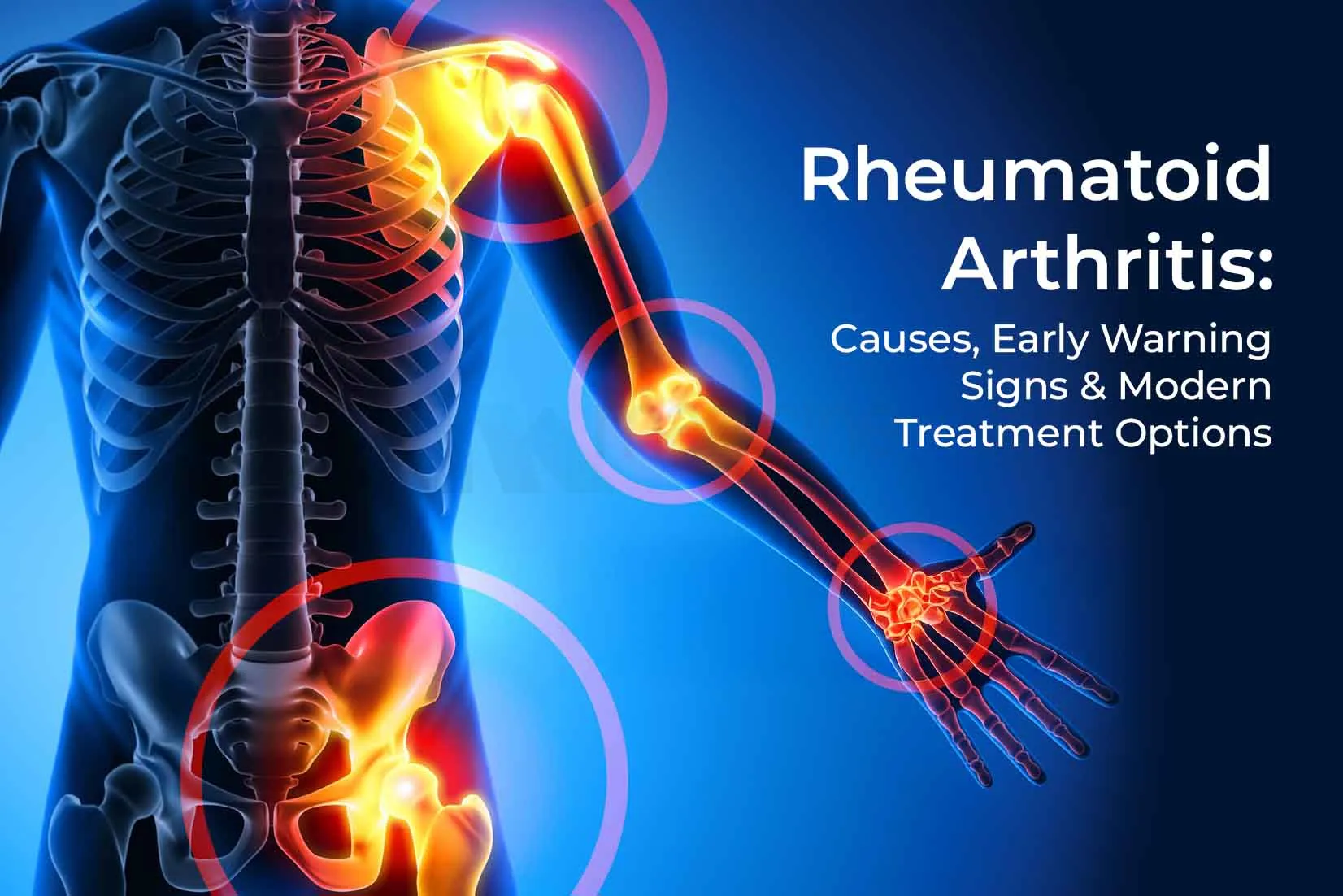
Rheumatoid Arthritis: Causes, Early Warning Signs & Modern Treatment Options
Rheumatoid arthritis is more than just joint pain. According...

Top 10 Best Abs Exercises for a Stronger Core (Beginner to Advanced Guide)
Abs are one of the most talked about topics...


















